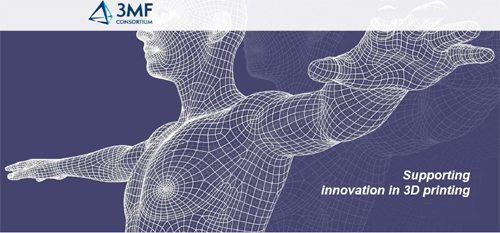The 8th of June 2016, ASTM International (ASTM) and the 3MF Consortium (3MF) signed a liaison agreement to explore ways to collaborate and align standards and roadmaps to advance additive manufacturing innovation and deliver state-of-the-art 3D printing technologies to the market.
ASTM International is a leading standards-development organization that serves as an open forum for creating and revising international standards. 3MF is an industry association created to develop and promote a new full-fidelity file format for 3D printing.
“As adoption of the 3MF file format continues to ramp, it becomes increasingly important to develop a long-term 3MF technology roadmap that businesses support and trust,” said Adrian Lannin, executive director, 3MF Consortium. “This agreement with ASTM creates a cooperative relationship for knowledge-sharing and the pursuit of developing an established set of standards that will allow businesses to adopt 3MF with confidence.”

The 3MF Consortium was formed to close the gap between the capabilities of modern 3D printers and outdated file formats. The first version of the 3MF specification is available now for download at no charge.
ASTM’s Committee on Additive Manufacturing Technologies (F42) launched in 2009. It has grown to include nearly 400 leading technical experts from 22 countries. The group, which meets July 11-14 in Tokyo, has established many widely used standards, with many more standards under development.
“ASTM members, including several who came from 3MF member companies, have led the way in creating standards that set the stage for innovation in 3D printing,” said Daniel Smith, vice president of technical committee operations at ASTM. “This relationship will help 3MF and ASTM enhance their support for entrepreneurs and businesses that are changing how the world thinks about products such as airplane components, medical implants, and much more.”
ASTM has a cooperation agreement with the International Organization for Standardization (ISO) Technical Committee 261 aimed at reducing duplication, maximizing resources, and ensuring a strong global relevance of standards in additive manufacturing.

Leave A Comment